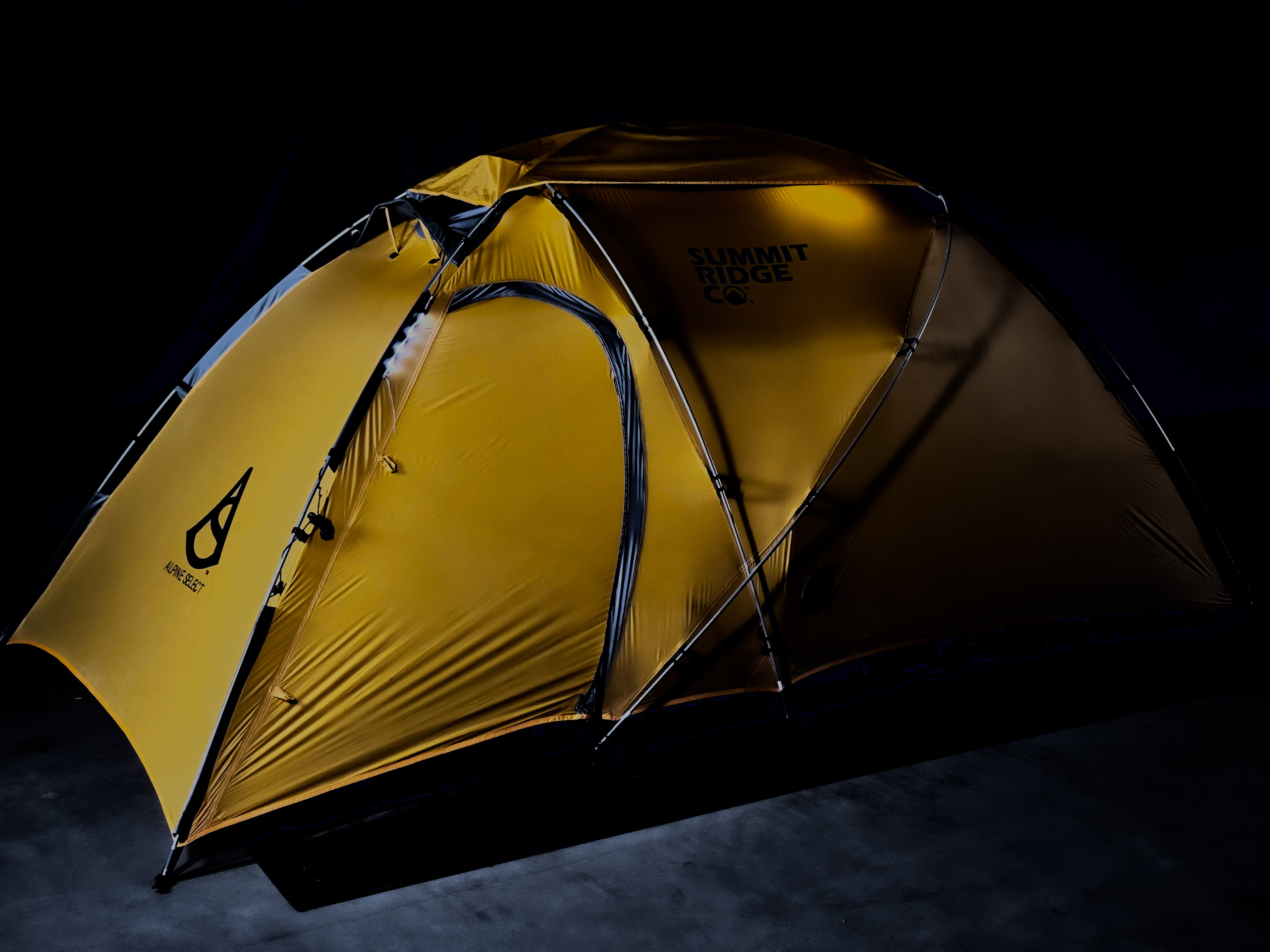Venturing into the majestic mountains for a multi-day trek is a thrilling experience that demands smart and efficient packing. Your backpack becomes your lifeline, containing everything you need for survival and comfort. To ensure a seamless mountain adventure, here's a step-by-step guide on how to pack your backpack for a multi-day journey in the mountains:
1. Research and Plan: Start by researching the weather, terrain, and conditions of the mountains you'll be trekking. Create a detailed packing list based on these factors, including clothing, gear, and essentials.
2. Choose the Right Backpack: Opt for a backpack with a sturdy frame and appropriate capacity. A 50-70 liter backpack is generally suitable for multi-day mountain treks.
3. Prioritize Essential Gear: Place your sleeping bag, tent, and sleeping mat at the bottom of your backpack. These items provide a solid foundation for packing.
4. Organize with Dry Bags: Use waterproof dry bags to organize your gear into categories such as clothing, food, and electronics. This keeps items dry and simplifies access.
5. Heavy Items Closest to Your Back: Position heavy gear like your stove, cookware, and food near your back and the center of the bag. This balances the load and keeps the weight closer to your body's center of gravity.
6. Layering System for Clothing: Follow a layering system with moisture-wicking base layers, insulating mid-layers, and weather-resistant outer layers. Roll or fold clothing to maximize space.
7. Pack for Rapid Weather Changes: In the mountains, weather can change rapidly. Keep a waterproof and windproof jacket in an accessible pocket for quick access during unexpected rain or wind.
8. Hydration and Snacks: Use a dedicated pocket or side compartment for a hydration bladder. Carry high-energy snacks like nuts, trail mix, and energy bars for sustenance on the trail.
9. Navigation and Safety Gear: Place your map, compass, and GPS device in a waterproof pouch at the top of your backpack. Ensure your first aid kit, headlamp, and emergency whistle are within easy reach.
10. Manage Weight Distribution: Distribute weight evenly between the main compartment and outer pockets. Heavy items should be kept lower for stability, while frequently used gear should be easily accessible.
11. Trekking Poles Attachment: If using trekking poles, attach them to your backpack when not in use. Many backpacks have dedicated loops or straps for this purpose.
12. Footwear and Gaiters: Secure your hiking boots to the exterior of your backpack using the loops or bungee cords. Attach gaiters to prevent debris from entering your boots.
13. Keep Toiletries Accessible: Pack toiletries and personal hygiene items in a separate pouch for easy access. Use leak-proof containers to prevent spills.
14. Minimalist Cooking Setup: Opt for lightweight and compact cooking gear. A compact stove and a lightweight pot are sufficient for most mountain treks.
15. Test Your Load: Once you've packed your backpack, wear it and walk around to assess its comfort and balance. Adjust shoulder straps, hip belt, and load lifters as needed.
Conquering the mountains is both a physical and mental journey, and packing your backpack is a crucial part of the preparation process. By packing smartly and efficiently, you ensure that you have everything you need while enjoying the awe-inspiring beauty and challenges that the mountains have to offer. Embrace the adventure and embark on your mountain trek with confidence!




Leave a comment
This site is protected by hCaptcha and the hCaptcha Privacy Policy and Terms of Service apply.